This large statue represents "Guan-Yin" standing dressed in a magnificent long dress crowned with a tiara of pearls, as the ideal of beauty and femininity.
She holds in her hands a tray full of unopened lotus flowers, a symbol of purity.
First described in the year 1846, jadeite was so named by a French mineralogist named Augustin A. Damour.
The name jadeite comes from the term "piedra de ijada" which means "flank stone" because of its many virtues on the kidneys.
Jadeite is only found in certain parts of the globe including Japan, Mexico, the United States, China and Guatemala.
Unlike nephrite or other varieties of jade, jadeite is considered much rarer and more qualitative.
Period: End of the 19th century - Beginning of the 20th century - Art Nouveau
Dimensions: Height: 98cm x Width: 30cm x Depth: 18cm
Guan-Yin, also called the "Chinese virgin", embodies compassion. She is an important figure of Buddhism in China and her name can be translated as "she who hears the cries of the world" "Guan" means to contemplate and "Yin" means incantation.
Her cult was introduced in China in the 3rd century and gradually gained importance in the Tang dynasty and then in the Song dynasty.
The goddess Guan-Yin has become very popular among Chinese people, even among non-Buddhists.
It appears in many religious writings, in artistic works (paintings and sculptures) as well as in ancient literature.


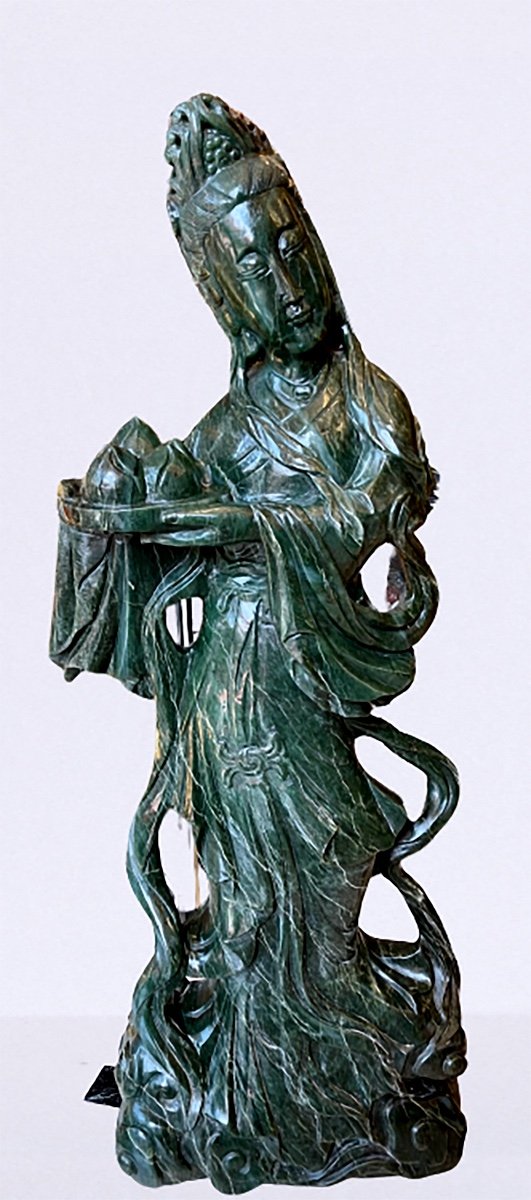
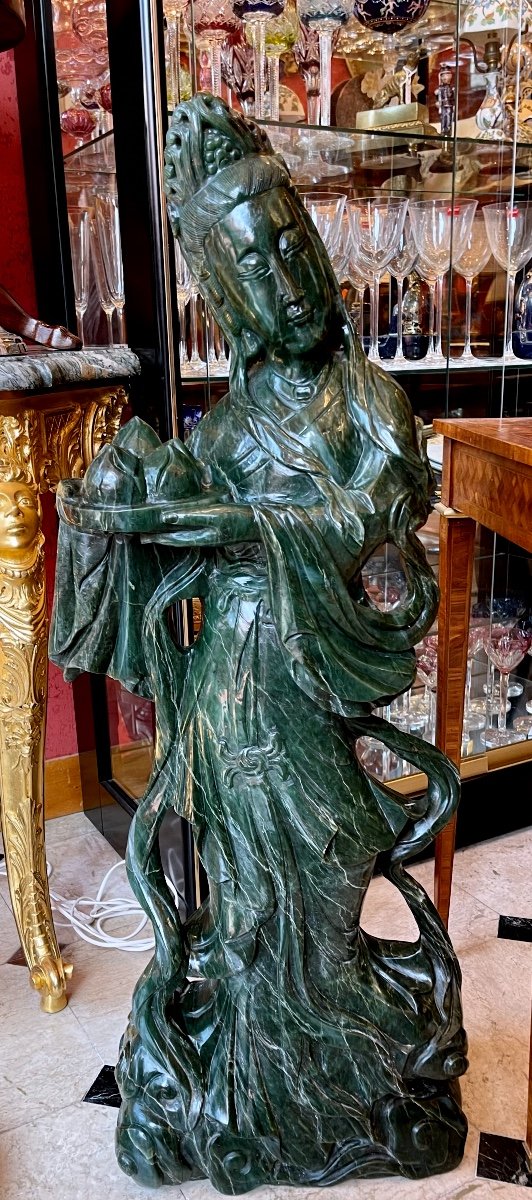
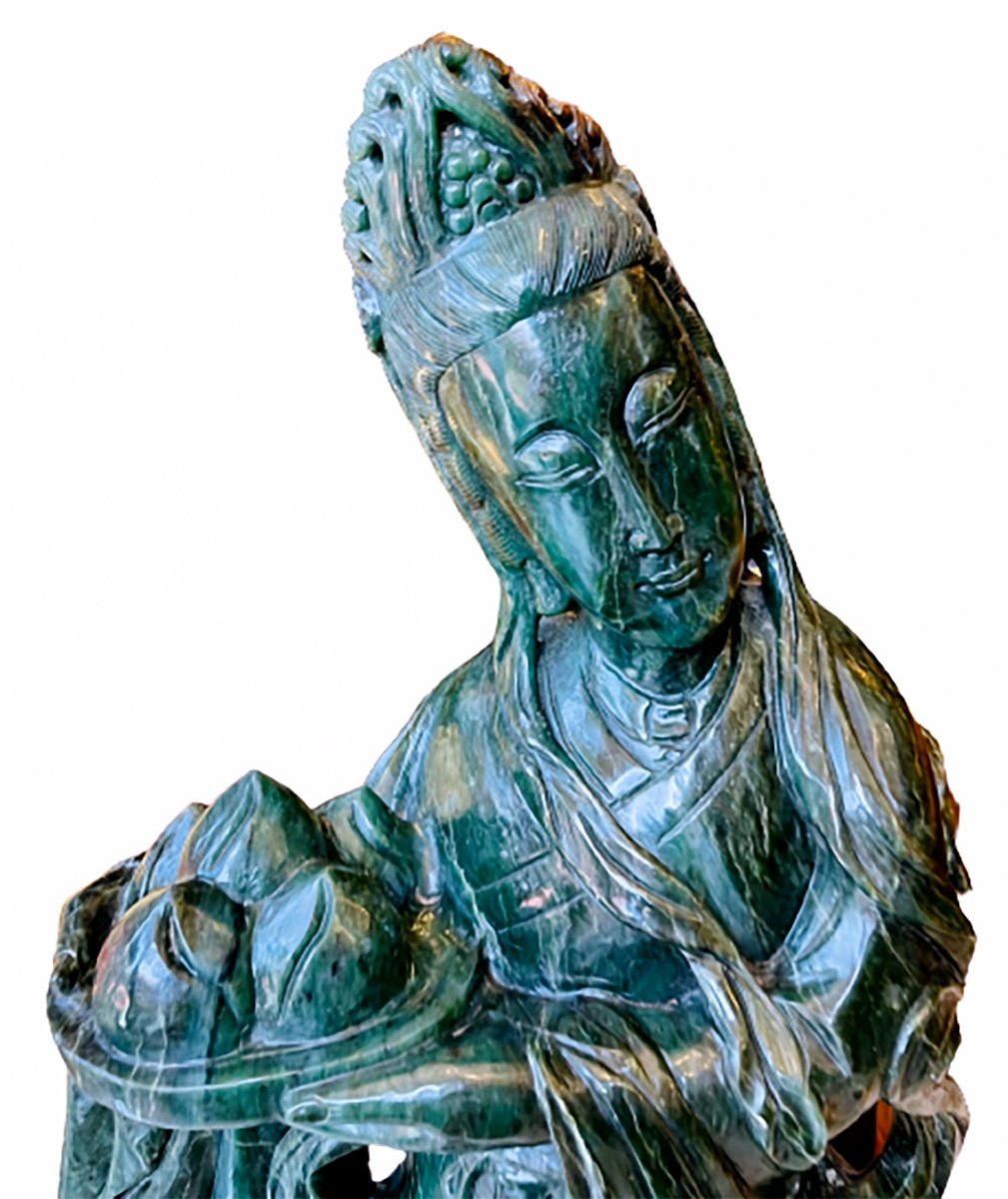
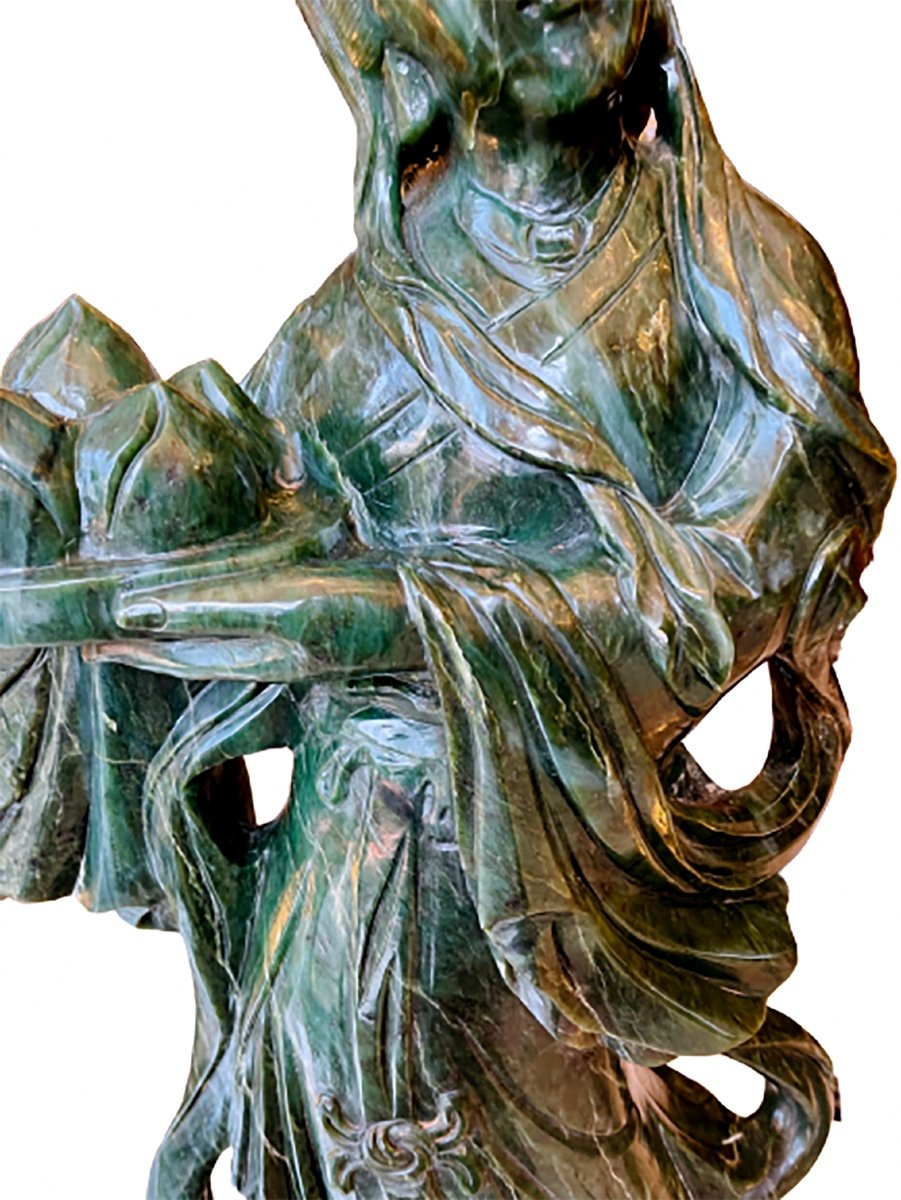
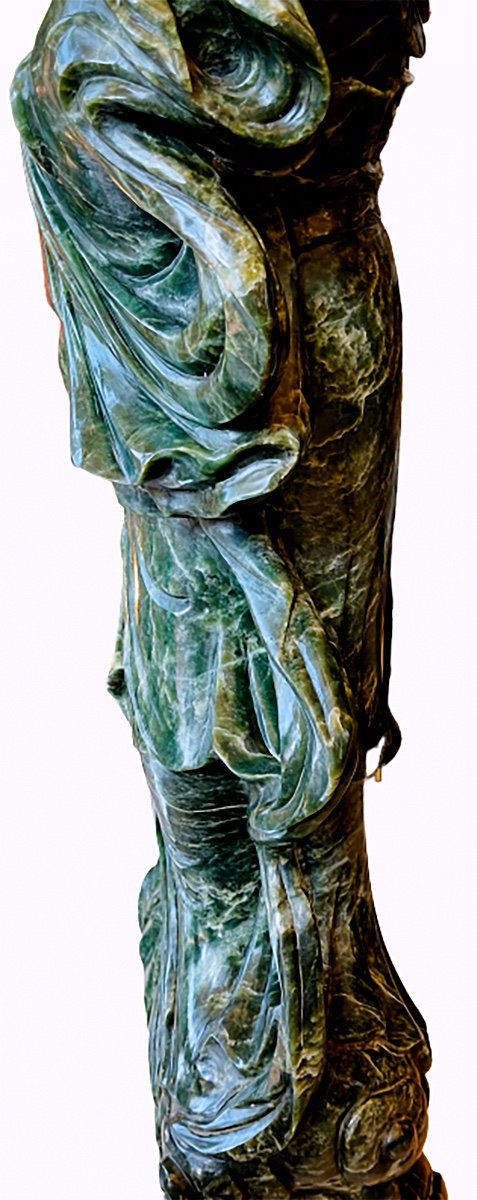

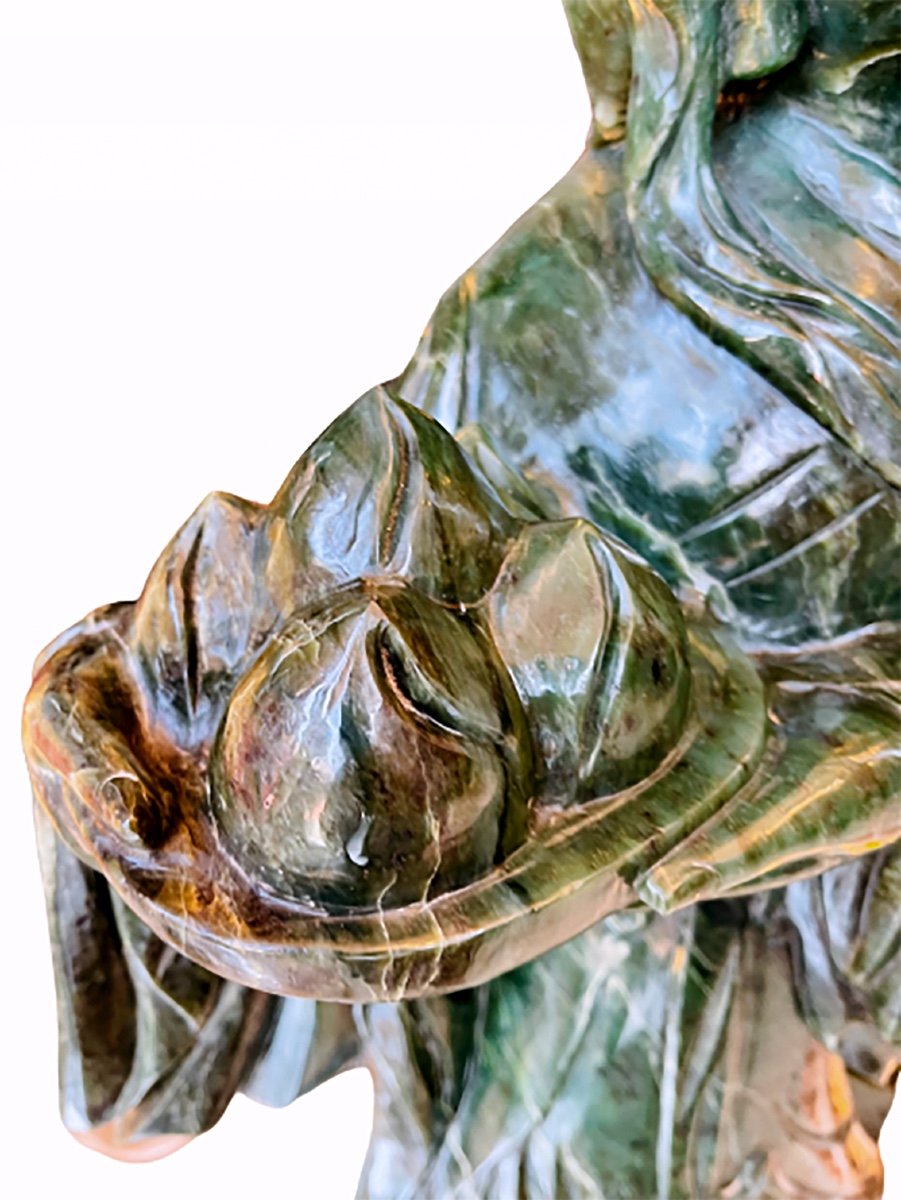




















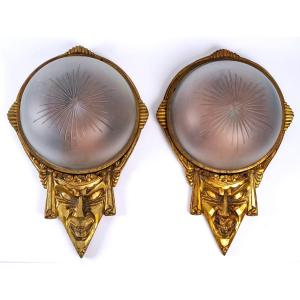












 Le Magazine de PROANTIC
Le Magazine de PROANTIC TRÉSORS Magazine
TRÉSORS Magazine Rivista Artiquariato
Rivista Artiquariato